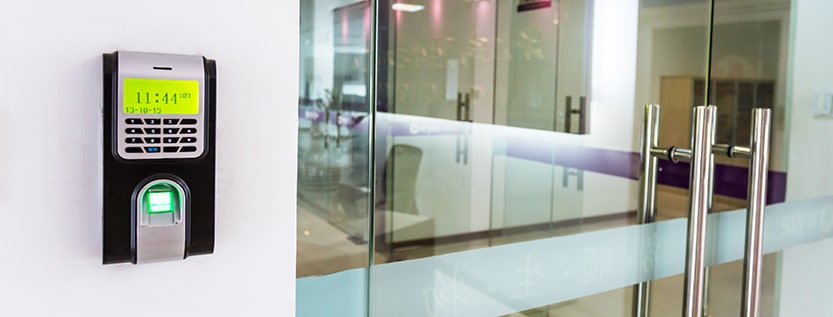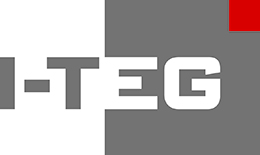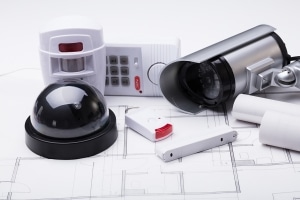
Safety Technology
Conception and planning of safety systems
In many buildings, for example hospitals, schools or public institutions, hundreds of people are present during certain periods of time, either working there or as visitors or guests.
If many people gather in a confined space, there is an acute danger to life in the event of a catastrophic event, such as a fire, a hurricane or even a terrorist attack. Safety technology systems warn or combat the dangers. This saves human lives and limits material damage.
Which equipment is part of safety technology?
In the field of technical building equipment, all building services equipment that serves to increase building security is referred to as security technology. Many of these are electronic systems that work with low current (voltage below 24 volts). Safety technology systems include, for example:
Video surveillance systems
These systems work with low current. They belong to the category of hazard alarm systems. Video surveillance systems fulfil several tasks. They serve to protect people and facilities in the building by reporting burglaries, robberies, fire or acts of vandalism.
In most cases, several cameras are used, whose signals converge in a control room or security centre and are recorded there. Private video surveillance has been regulated in Germany since 2010 by Section 9a of the Data Protection Act and may only be used under certain conditions. Reference must be made to video surveillance. Recordings must be deleted after 72 hours at the latest.
Fire Alarm systems
These safety technology systems are also part of the hazard alarm systems. They consist of various fire detectors (smoke detectors, heat sensors, manual push-button detectors) which are connected to the fire alarm system. When the fire detectors are activated, they transmit the signal to the fire alarm system, which can trigger various actions:
- Alerting the fire department
- Triggering an internal alarm
- Triggering of automatic extinguishing systems (sprinklers, CO² extinguishing systems)
- Closing of fire protection doors
- Activation of smoke extraction systems
Fire fighting systems
This category includes automatic extinguishing systems for water or CO² (in zones with sensitive technology). For special purposes there are also extinguishing systems with fogging systems for extracting smoke falling into this category.
Safety lighting
Many of the catastrophes described at the beginning of this article result in a total or at least partial power failure. That is why safety lighting, also known as emergency lighting, is an indispensable part of safety technology. It works with weak current, independent of normal lighting and is usually powered by batteries or emergency generators. On the one hand, safety lighting makes it easier to evacuate people from the building, and on the other hand, it makes it easier for the emergency services to find their way around during rescue operations or when fighting a disaster.
Intrusion alarm systems
They also belong to the category of hazard detection systems and are supplied with low current from an independent power source so that burglars cannot deactivate them simply by interrupting the power supply. Depending on their design, intrusion detection systems can trigger various actions. For example, the alarm can be forwarded to an internal security centre or control room and the security service or property protection department can take action or the police can be alerted directly.
As a deterrent to criminals and to warn people in the building, an acoustic and optical alarm can also be triggered on site. Similar to fire alarm systems, burglar alarm systems also work with sensors (glass breakage sensors, motion detectors) which, when activated, forward the alarm to a central system.
What should you pay attention to in safety technology?
Safety technology systems are subject to strict legal regulations. In many special buildings such as clinics, schools or retirement homes their installation is mandatory. Installation, maintenance and inspection may only be carried out by qualified persons.
As a rule, the work carried out must be documented. Smaller companies that do not have suitable personnel for this can entrust the installation, maintenance and inspection of the safety technology to companies such as engineering and expert offices that are specialised in this and have the necessary competence. Better safe than sorry! This is what an English proverb says.



